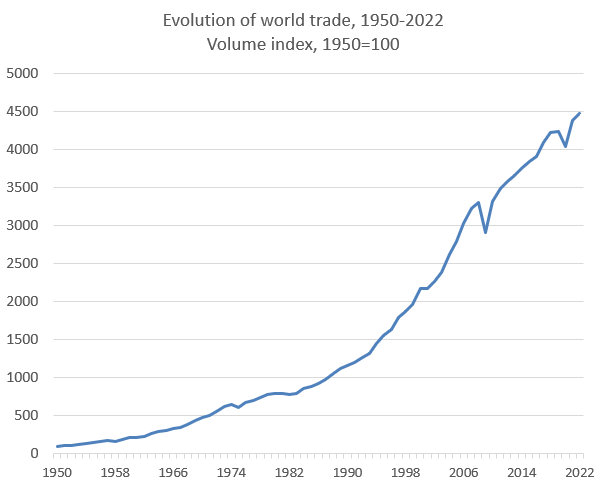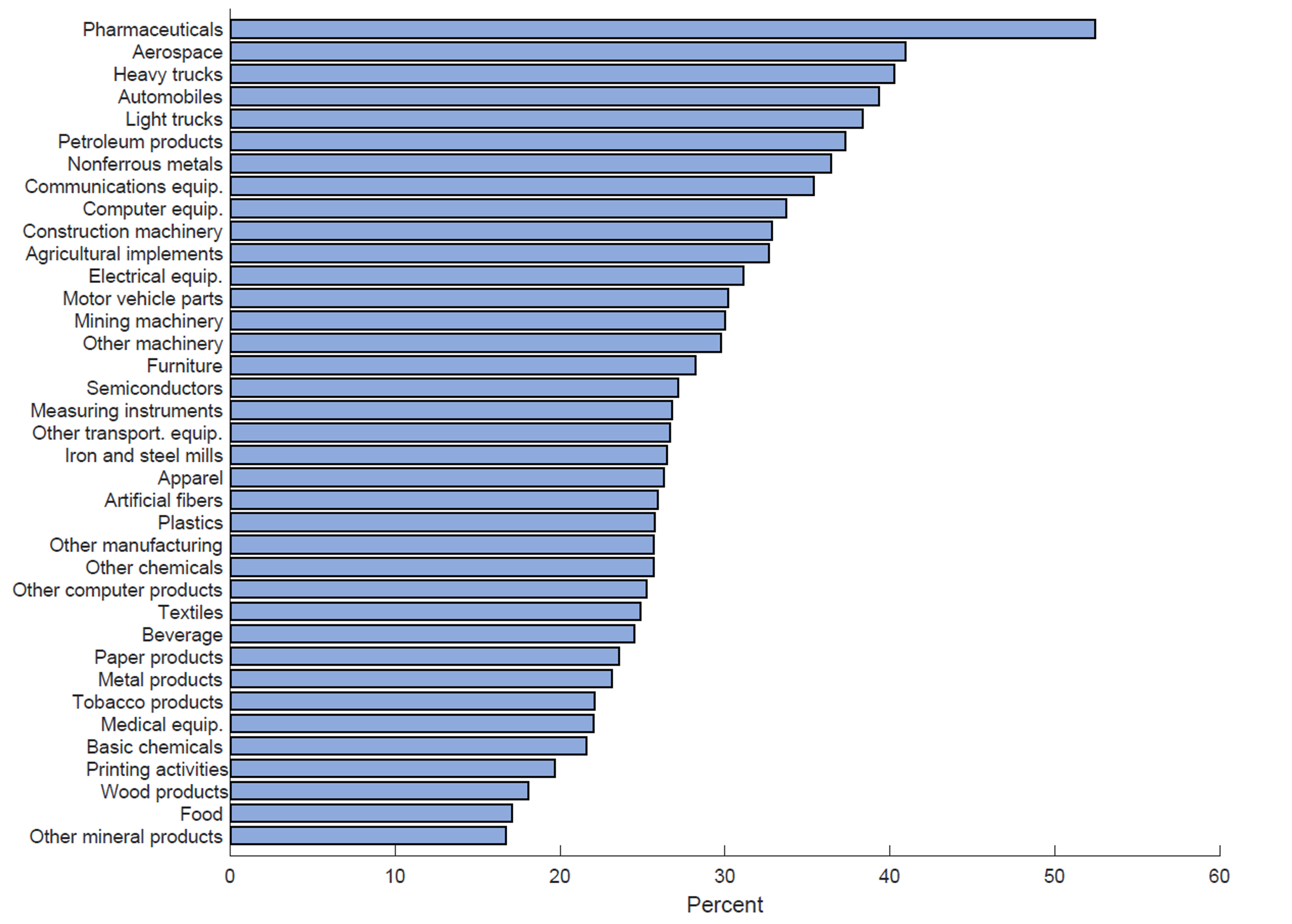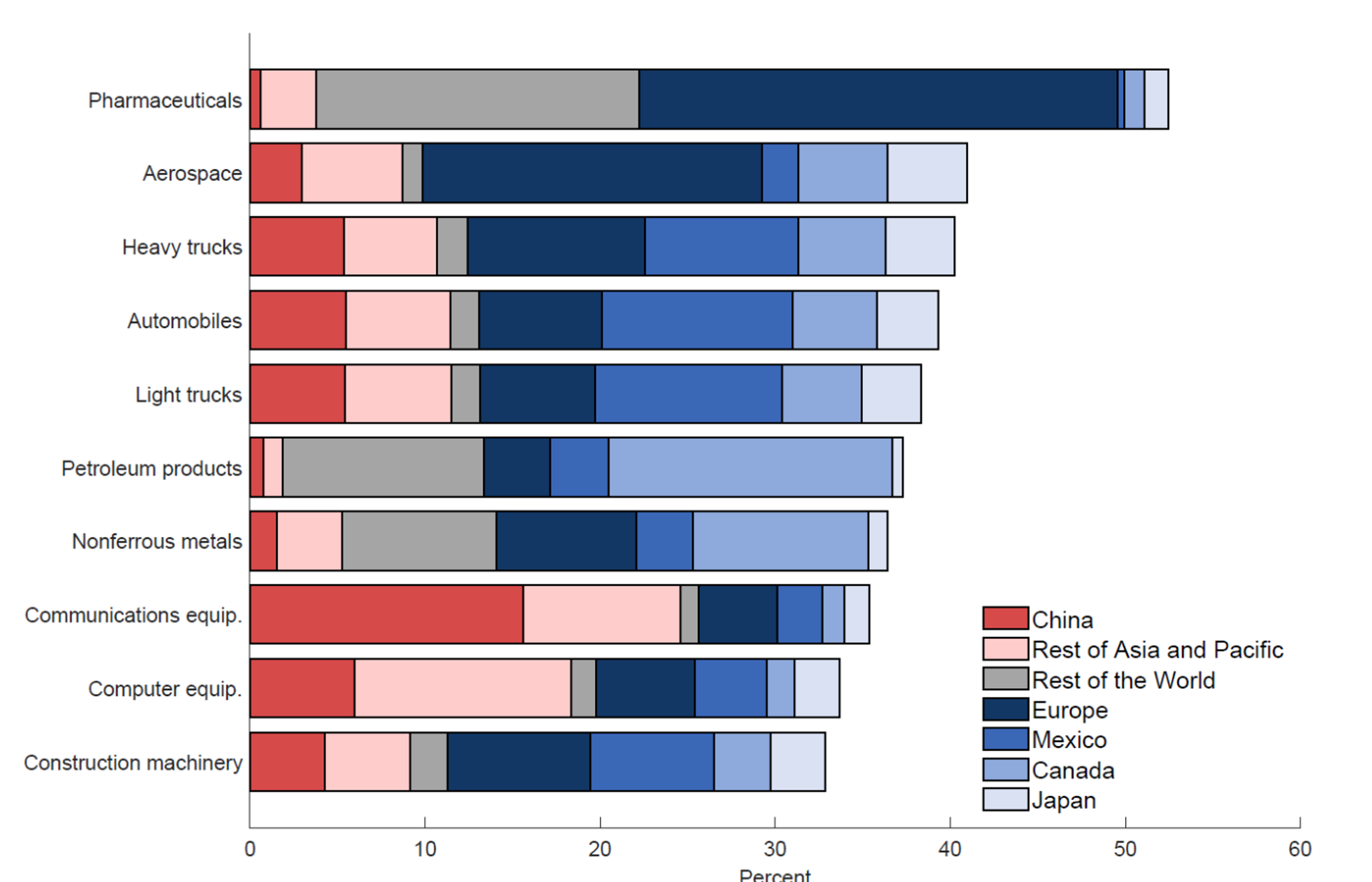However close it is to an end on the calendar, summer is looking stronger on the U.S. inflation front, as a warmer-than-expected official report on consumer price increases on Wednesday was followed yesterday morning by unmistakably hot data for “final demand” producer prices. (These represent what businesses charge each other for the inputs they need to make whatever goods and services they hope to sell to their end-use customers, be they other businesses or individuals and households).
In the process, these two new sets of results set up the latest important test of what ultimately drives U.S. inflation – rising business costs, or customers’ willingness and/or ability (they’re of course closely related) to pay higher prices.
Those who emphasize rising business costs argue that when these increase, companies naturally pass them on to those final customers. As a result, they claim such changes as reported today (the Producer Price Index, or PPI) powerfully influence consumer prices in particular (as recorded in yesterday’s Consumer Price Index, or CPI, and a different measure called the Personal Consumption Expenditures price index, or PCE). So the sharp monthly rise revealed in today’s PPI release should push consumer prices considerably higher going forward – at least as long as they stay elevated.
Those (like me) who emphasize customer demand agree that rising business costs (from price hikes approved by foreign oil producers to tariffs) certainly can be and have been passed through at various times. But “Team Demand” continues that this can happen only if enough of their customers keep opening their wallets – either with their earnings or by borrowing more. That’s mainly why, we point out, inflation was so low for so long until a few years ago. Final customers – mainly individuals and household – were still so shell-shocked by the Great Recession, and their incomes had stagnated so, that they simply couldn’t and/or refused to pay up.
We’d add that that’s also why prices of any kind almost never drop simply because business costs drop or begin increasing more slowly or stabilize or even fall. If demand remains strong, why would companies, whose overriding mission is boosting earnings and profits, give customers a break (as promoters of “greed-flation” charges seem to believe they should)? Other than to try and boost their market share, they clearly wouldn’t. Unless they’re supposed to act charitably on a regular basis?
So no one should be surprised that even though headline producer prices (which are also often called wholesale prices) actually fell on net in absolute terms (albeit only slightly) from last November through this past July (those figures are still preliminary), headline CPI prices kept rising on net in absolute terms (albeit at choppily slowing rates) during this period.
What makes that upcoming test I mentioned so important is that the economy may be coming to an inflation turning point. There’s a strong (but not definitive) argument to be made that the days are numbered of the scorching demand that’s recently characterized the U.S. economy largely because of massive and indeed unprecedented government spending. That’s mainly because individuals and households have spent most of their Covid relief checks, and other official measures that boosted their incomes, like the expanded Childcare Tax Credit, have expired.
Yet strong reasons can also be cited thinking that producer prices are set to rebound somewhat. For example, the Federal Reserve could indeed keep interest rates “higher for longer” as the central bank has told us to expect. The U.S. oil market could keep tightening from a combination of foreign output curbs and Biden administration opposition to spurring domestic production. And the end of the end of pandemic-era supply chain easing looks like it’s…ended.
My bet remains that even though weaker supplies of goods and services will put upward pricing pressure on businesses (because these supplies will be scarcer), ever slower demand will mean much less pass-through to final customers. Like I said, however, an important of supply versus demand test could soon be upon us.
Until it’s really here, though, let’s look at those new official inflation reports (for August). The 0.63 percent monthly jump in the headline Consumer Price Index was both the highest since June, 2022’s and the biggest monthly increase in absolute terms since the CCP Virus began wreaking havoc on the U.S. economy (and of course prices) in early 2019. Of course, this kind of CPI acceleration could mean it’s a blip, too.
The other consumer inflation measure released yesterday was the “core” measure, which strips out food and energy costs because they’re supposedly volatile for reasons having little to do with the economy’s underlying vulnerability to inflation. That number popped, too, on a monthly basis in August, although less dramatically than the headline – from July’s 0.16 percent to 0.28 percent. In absolute terms, though, this increase was the biggest since August, 2022’s bump from July’s 0.31 percent to 0.57 percent. At the same time, August’s sequential advance comes in the wake of a big monthly drop from 0.44 percent to 0.16 percent between May and June.
The yearly changes provide a more accurate idea of inflation’s status by supplying data over time, and they’re pretty dismal, too.
In August, the headline CPI climbed on an annual basis by 3.71 percent – a sizable worsening over July’s 3.30 percent and the second straight increase. Although this result, too, should be seen in the context of a big May to June decrease (from 4.13 percent to 3.09 percent), a back-to-back acceleration is a first since April through June, 2022.
Core CPI was up by a higher 4.39 percent, the lowest since September, 2021’s 4.02 percent. But here’s where we have to remember base effects (or “baseline analysis). That latter core 2020-2021 CPI increase came after a September, 2019-2020 rise of just 1.71 percent. That is, much of the acceleration simply represented one month’s worth of a reversion to inflation norms after the unusually weak readings of the CCP Virus period.
The latest core CPI 2022-2023 annual increase followed a 2021-2022 rise of 6.30 percent – clearly showing that producers have remained extremely confident that they have plenty of pricing power left even after they charged their customers much more the previous year. And it can’t be repeated too often: Slowing inflation doesn’t mean prices are falling. It simply means that they’re rising, though at a slower rate.
Hence another way to think about this issue: In the case of the August core CPI, it means that the year after prices rose unusually strongly, they kept rising robustly.
Yesterday’s Producer Price Index release was more discouraging still. The headline figure was up on month 0.74 percent – the biggest spurt since June, 2022’s 0.91 percent. And it’s now worsened for three straight months. That hasn’t happened since the July through October stretch of last year.
Core PPI – which also excludes the aforementioned food and energy costs plus those of a transportation-related category called trade services – increased less dramatically month-to-month, but the 0.34 percent figure was still the highest since this past January’s 0.52 percent.
Headline producer price increases heated up considerably on an annual basis, too – from July’s 0.87 percent to 1.60 percent. That’s still quite low by recent standards, and big jumps are relatively easy to make from small starting points, but the July figure was also more than four times greater than June’s 0.19 percent, and consecutive increases haven’t occurred since April through June, 2022.
Core PPI’s 2.98 percent August yearly growth was the highest since April’s 3.37 percent, and followed a 2.87 percent gain in July and a 2.76 percent rate in June – and these mark the first consecutive increases since the September-through- November, 2021 period. By no means are any of the above figures and trends reasons to press the panic button. But they could well be unwelcome straws in the wind.
But if Team Demand is right and rising business costs generally won’t be passed through to final customers and keep fueling worsening inflation, shouldn’t we all be happy? Not especially. For again, pass-through would wind up failing because the economy would be slowing — due largely to decelerating consumer spending and consequent lower production that in turn generate less hiring, maybe some layoffs, lower wages, or some combination of these. Moreover, this process could turn into a vicious circle and even a recession.
I continue to think that despite these risks to growth and employment, inflation-fighting needs to remain the top priority for the Federal Reserve (which is the federal government’s main inflation-fighting agency). But that’s not to say that a weakening economy is something I would cheer. Rather, I’d call it the only way currently available to prevent a mismanaged economy like America’s lately from suffering even greater problems.



